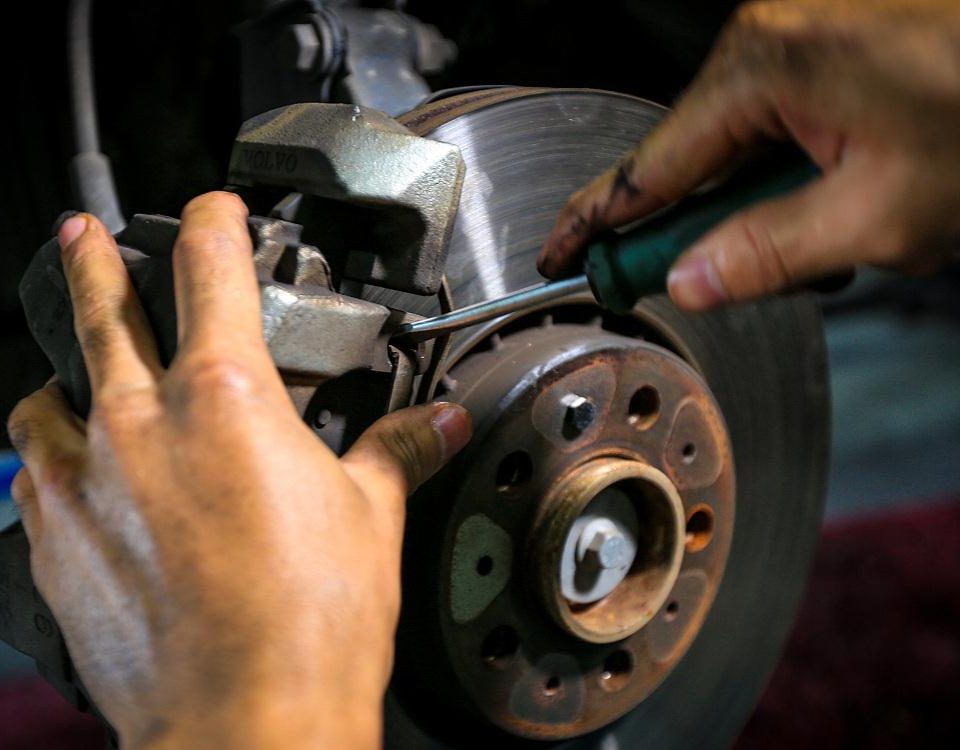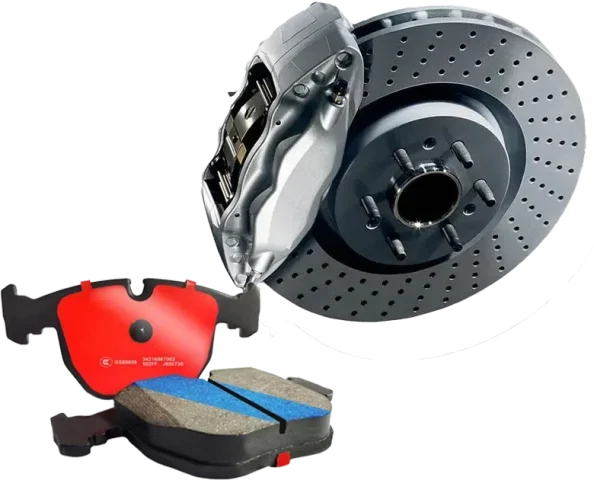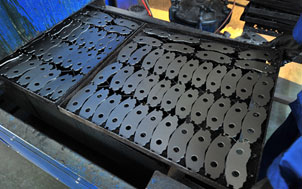Brake pads are important braking components of automobiles and also important components for ensuring driver safety. Now let me introduce some tips on brake pad running-in to everyone!
Brake pads are divided into disc brakes and drum brakes, and the materials generally include resin brake pads, powder metallurgy brake pads, carbon composite brake pads, and ceramic brake pads. After replacing the new brake pads, it is necessary to run in to effectively maximize their braking effect.
Below is a specific method of running in (commonly known as peeling):
- After completing the installation, find a place with good road conditions and few cars to start running in;
- Accelerate the car to 100 kilometers per hour;
- Gently apply the brake with moderate force to reduce the vehicle speed to approximately 10-20 kilometers per hour;
- Release the brake and drive for a few kilometers to cool down the temperature of the brake pads slightly.
- Repeat steps 2-4 above at least 10 times.
Precautions:
- In each braking cycle from 100 to 10-20 km/h, there is no strict requirement to have a very accurate speed every time. Accelerating to approximately 100 km/h can start this braking cycle;
- When you brake to 10-20km/h, there is no need to keep a close eye on the speedometer. Just keep your eyes on the road and make sure to pay attention to road safety. About every braking cycle, you can brake to about 10-20km/h;
- During these ten braking cycles, the vehicle cannot be braked until it comes to a stop, unless you wish to incorporate the brake pad material into the brake disc, causing brake vibration;
- The method of running in the new brake pads is to try to use split point brakes for braking as much as possible, and do not use emergency brakes until they are fully worn in;
- After running in, the brake pads still need to go through a running in period of several hundred kilometers with the brake discs to achieve optimal performance. At this time, it is necessary to drive carefully to prevent accidents from happening;



